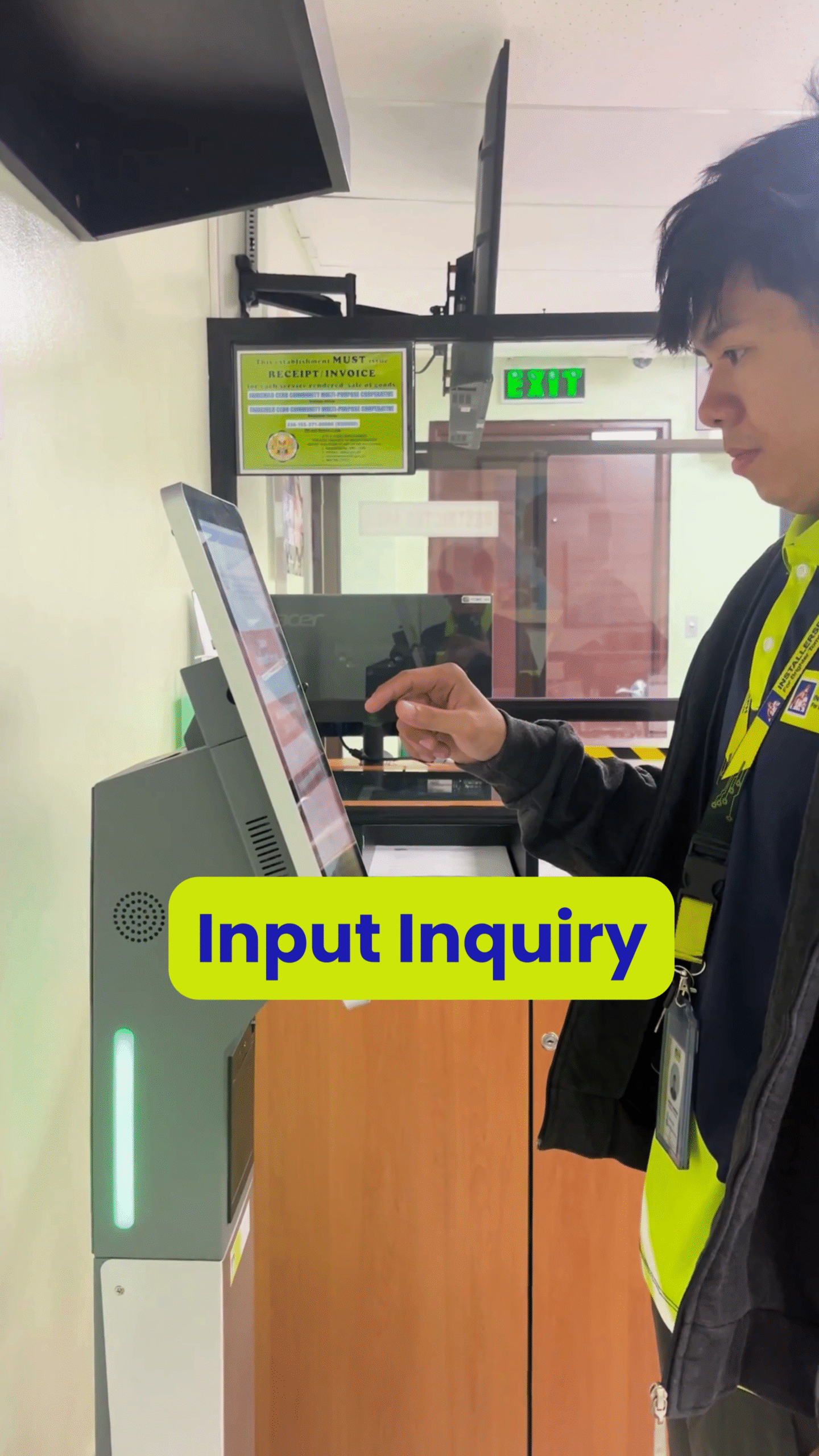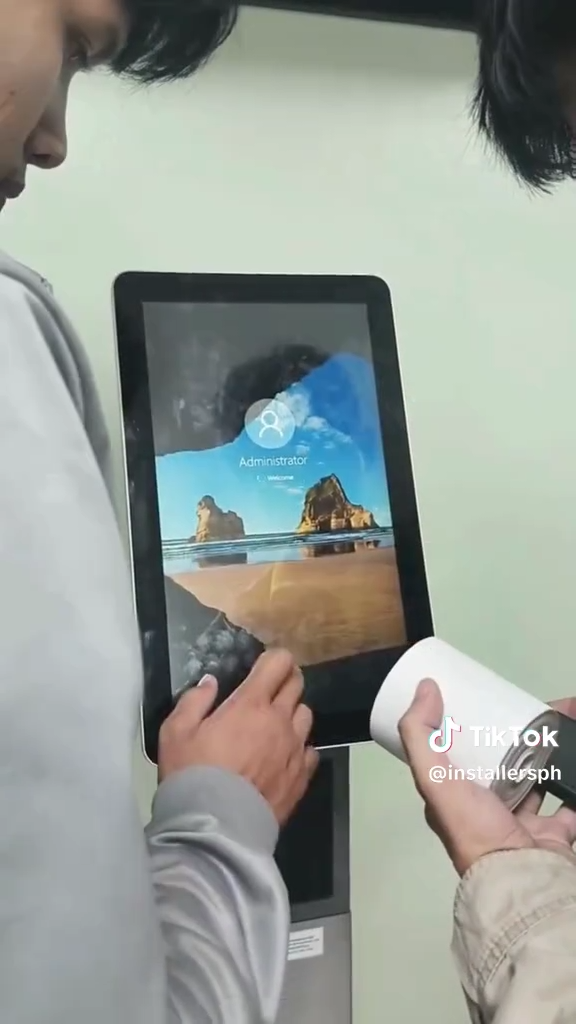Simplifying Service: A Walkthrough of the QMS Process Flow – The Challenge of Waiting. Introduction. In any service-oriented environment, whether it’s a bank, a hospital, or a government office, managing customer traffic …
The Importance of Queuing Management Systems in Enhancing Customer Experience.

Introduction
In today’s fast-paced business landscape, customer experience reigns supreme. As businesses strive to meet and exceed customer expectations, the role of queuing management systems has become increasingly vital. Efficient queuing not only streamlines operations but also significantly enhances the overall customer experience. In this article, we will delve into the importance of queuing management systems in fostering customer satisfaction and how businesses can leverage these systems to create a seamless and enjoyable customer journey.
The Evolution of Customer Expectations
With the advent of technology and the rise of e-commerce, customer expectations have undergone a transformation. Modern consumers demand not only quality products or services but also expect a seamless and hassle-free experience when interacting with businesses. Long gone are the days when customers were willing to endure lengthy queues and time-consuming processes. Today, businesses are challenged to adapt and implement strategies that prioritize efficiency, convenience, and overall customer satisfaction.
Understanding Queuing Management Systems
Queuing management systems are sophisticated tools designed to optimize the flow of customers, reduce wait times, and enhance the overall efficiency of service delivery. These systems utilize a combination of hardware and software solutions to monitor and manage queues effectively. From self-service kiosks to virtual queuing applications, businesses have a plethora of options to choose from based on their specific needs and industry requirements.
The Impact of Efficient Queuing on Customer Experience
1. Reduced Wait Times
One of the most significant contributions of queuing management systems to customer experience is the reduction of wait times. Long queues can lead to frustration, impatience, and a negative perception of the business. By implementing efficient queuing solutions, businesses can minimize wait times, ensuring that customers spend less time in queues and more time enjoying the products or services.
2. Enhanced Customer Satisfaction
Customer satisfaction is directly linked to the ease and efficiency of the service provided. Queuing management systems contribute to a positive customer experience by creating a smooth and organized environment. When customers feel that their time is valued and their needs are promptly addressed, satisfaction levels rise, leading to increased loyalty and positive word-of-mouth referrals.
3. Optimized Staff Productivity
Queuing management systems empower businesses to optimize staff resources more effectively. By automating certain processes and providing real-time data on customer flow, businesses can allocate staff where they are needed most. This not only ensures that customers receive prompt assistance but also maximizes staff productivity, leading to a more efficient and cost-effective operation.
4. Personalized Customer Engagement
Modern queuing systems are equipped with data analytics capabilities, allowing businesses to gather insights into customer behavior and preferences. This information enables businesses to tailor their services and engage with customers on a more personalized level. From targeted promotions to customized recommendations, queuing management systems help businesses create a more individualized and enjoyable customer experience.
5. Flexibility and Adaptability
The business landscape is dynamic, and customer demands are ever-evolving. Queuing management systems offer the flexibility and adaptability needed to navigate these changes successfully. Whether it’s accommodating peak hours, managing unexpected surges in customer traffic, or adjusting to new industry trends, businesses equipped with advanced queuing solutions can stay agile and responsive to customer needs.
6. Increased Transaction Accuracy
Efficient queuing systems often incorporate technologies like barcode scanning or RFID, minimizing manual errors in transactions. This not only enhances the overall accuracy of customer orders but also reduces the likelihood of misunderstandings or discrepancies, contributing to a positive customer experience.
7. Empowered Customer Control
Some queuing management systems offer customers the ability to take control of their wait times through virtual queuing or appointment scheduling. This empowerment enhances the customer experience by providing flexibility and convenience, allowing them to manage their time more efficiently.
8. Real-Time Communication
Modern queuing systems enable businesses to communicate with customers in real-time. This can include updates on wait times, service delays, or personalized messages. Transparent communication builds trust and keeps customers informed, leading to a more positive perception of the business.
9. Streamlined Walk-In Processes
For customers who prefer spontaneous visits, an efficient queuing system streamlines walk-in processes. Quick registration and immediate acknowledgment of their presence reduce the initial steps in the customer journey, making the overall experience more seamless and convenient.
10. Adherence to Social Distancing and Safety Protocols
In times of health concerns, queuing systems contribute to customer safety by helping businesses adhere to social distancing guidelines. By controlling the number of people in queues and providing a structured waiting environment, queuing management systems contribute to a safer and more comfortable experience for customers.
11. Integration of Feedback Mechanisms
Many queuing systems allow for the integration of customer feedback mechanisms. This instant feedback loop provides businesses with valuable insights into customer satisfaction and allows for quick adjustments to improve the overall experience continually.
12. Facilitation of Special Services
Efficient queuing management allows businesses to allocate resources for special services more effectively. Whether it’s catering to elderly customers, prioritizing specific transactions, or offering express services, businesses can tailor their queuing systems to accommodate various customer needs, contributing to a more inclusive and customer-centric approach.
13. Queue Virtualization for Remote Service
In the digital age, queuing systems can extend beyond physical queues. Virtual queuing or online appointment scheduling enables customers to join queues remotely, minimizing the need for physical presence. This not only saves time for customers but also allows businesses to provide services more efficiently.
14. Enhanced Brand Perception
A well-designed queuing system reflects positively on a business’s brand image. When customers experience a smooth, organized, and efficient queuing process, it enhances their perception of the brand as one that values their time and prioritizes a positive customer experience.
15. Improved Staff-Customer Interaction Quality
Efficient queuing systems free up staff from administrative tasks, allowing them to focus more on meaningful interactions with customers. This results in a higher quality of customer service, as staff can dedicate their time and attention to addressing specific needs, answering questions, and providing a personalized experience.
Implementing Queuing Management Systems: Best Practices
1. Identify Specific Business Needs
Before selecting a queuing management system, businesses must identify their specific needs and challenges. Whether it’s addressing peak hours, accommodating various service types, or integrating with existing systems, understanding these requirements is crucial for choosing the most suitable solution.
2. Invest in User-Friendly Technology
The success of queuing management systems relies heavily on user adoption. Investing in user-friendly technology ensures that both customers and staff can easily navigate and utilize the system. Intuitive interfaces, clear instructions, and seamless integration with other systems contribute to a positive user experience.
3. Utilize Data Analytics for Continuous Improvement
Queuing management systems generate valuable data that businesses can leverage for continuous improvement. Analyzing customer flow patterns, identifying bottlenecks, and understanding service trends empower businesses to make data-driven decisions, optimize operations, and enhance the overall customer experience.
4. Integrate with Other Customer-Facing Technologies
To create a holistic customer experience, queuing management systems should seamlessly integrate with other customer-facing technologies, such as CRM systems, mobile apps, and online platforms. This integration ensures consistency across all touchpoints and provides customers with a unified and cohesive experience.
5. Train Staff Effectively
Staff training is paramount to the successful implementation of queuing management systems. Employees should be well-versed in operating the technology, addressing customer inquiries, and managing unexpected scenarios. Comprehensive training programs contribute to a smooth transition and the successful integration of queuing systems into daily operations.
Conclusion:
As businesses strive to excel in a customer-centric era, the importance of queuing management systems cannot be overstated. These systems play a pivotal role in reducing wait times, enhancing customer satisfaction, optimizing staff productivity, and fostering personalized customer engagement. By investing in efficient queuing solutions and implementing best practices, businesses can create a seamless and enjoyable customer journey, ultimately leading to increased loyalty and sustained success in today’s competitive market.
Related Articles
QMS Kiosk IIS3-K9 Specs Overview. Introduction. In an era where digital transformation shapes customer experiences, businesses continuously seek technologies that streamline operations and improve client satisfaction. One essential innovation in this pursuit …
QMS Inquiry from Cebu North Eastern Enterprises at InstallersPH. Introduction. In an ever-evolving business environment, providing excellent customer service and streamlining operations are key factors in maintaining competitiveness. Recognizing this need, InstallersPH …



